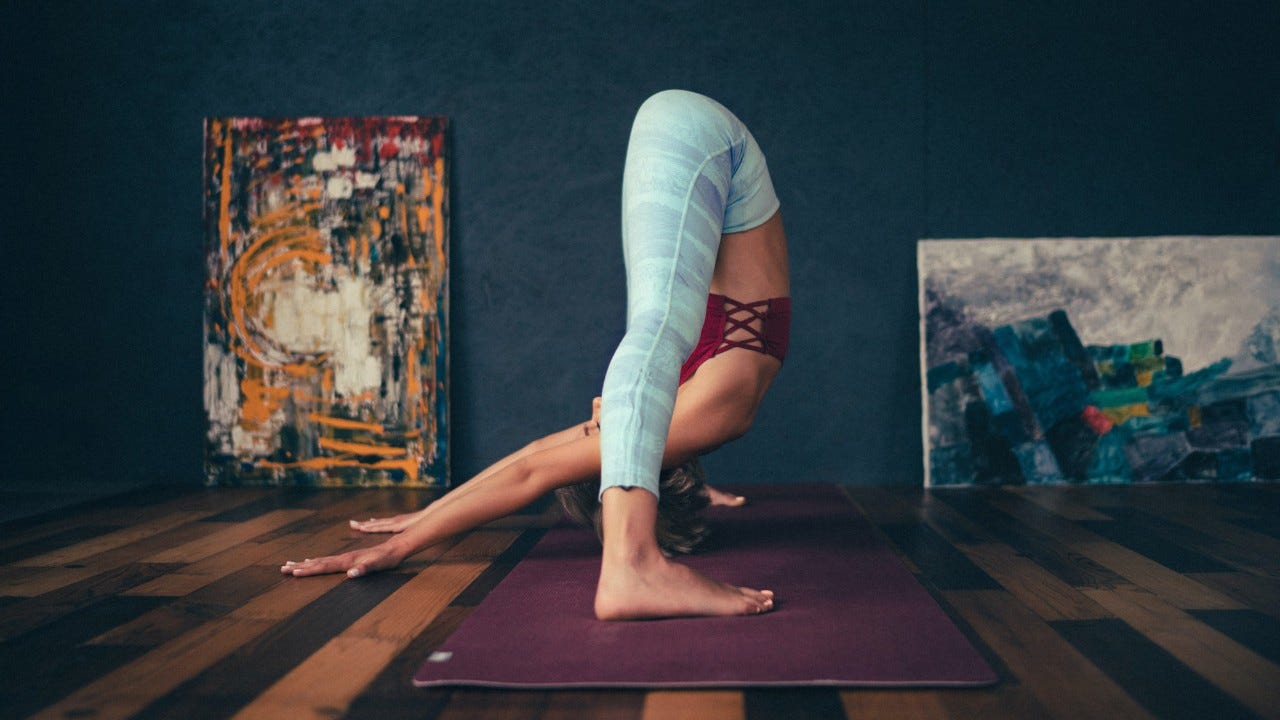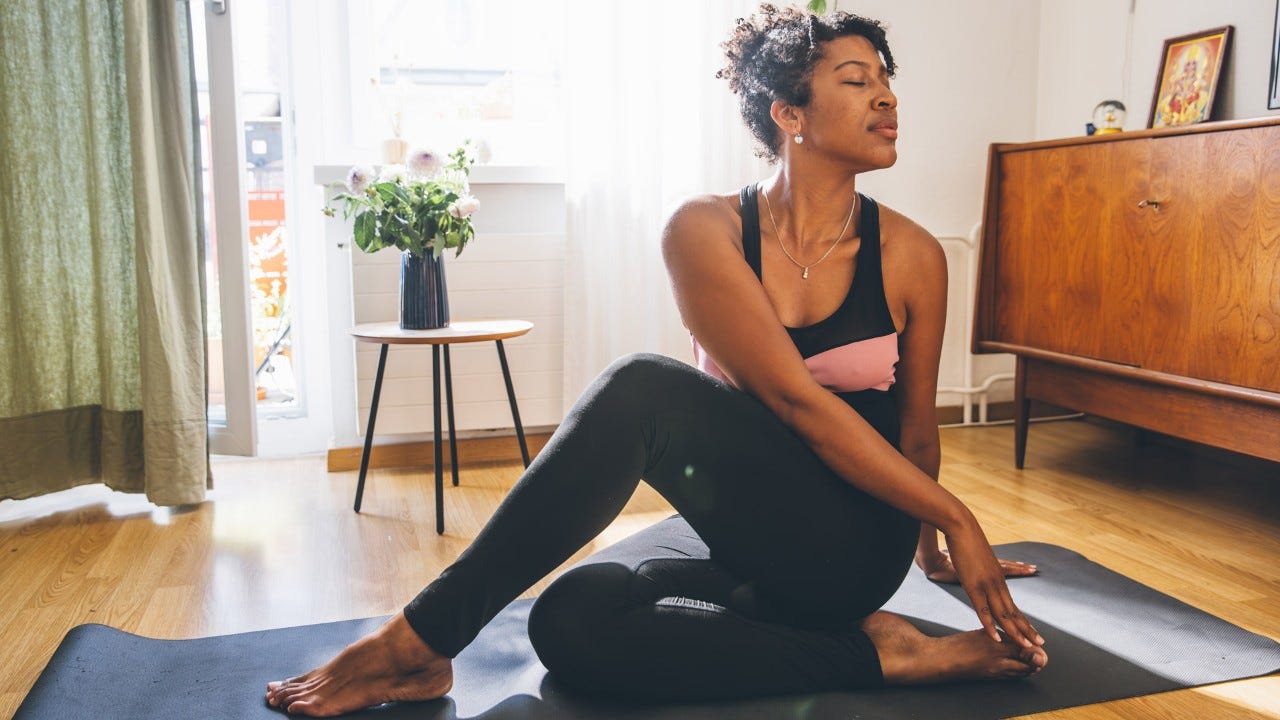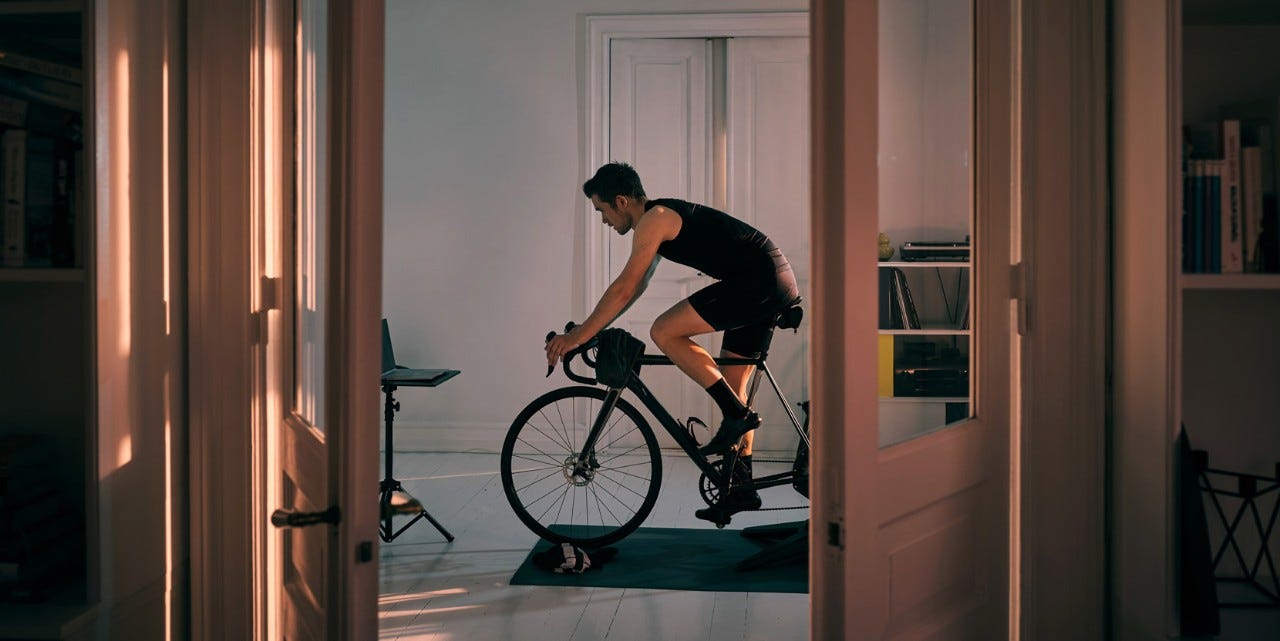What types of yoga are available?
There are many types of yoga that all have different points of focus. What lies behind the exotic-sounding names?

Nowadays, anyone who wants to take a yoga course is spoilt for choice, taking in everything from meditative and spiritual, flowing and calm all the way through to sweaty and powerful.
And more and more creative variations are emerging all the time. You can now try SUP yoga on a stand up paddle board, aerial yoga where you swing above the floor on cloths, acro yoga that combines acrobatics and partner yoga, or even goat yoga, where goats frolic around the participants.
The following overview of yoga styles is based on purely physical practice and is therefore far from being an exhaustive list, but it offers a starting point for anyone interested in giving it a go.
Anusara yoga: physically vibrant and emotionally open
This very young style of yoga was founded in the USA in 1997. It focuses on the very precise alignment of the asanas (poses) on the one hand and a heart-oriented, life-affirming philosophy on the other. At the start of an Anusara class, the instructor gives a short speech to introduce participants to the philosophical topic of the lesson. Anusara yoga is an intensive physical practice of Hatha Yoga (see below) that aims to inspire spiritually.
Ashtanga yoga: powerful and challenging
Ashtanga yoga is a dynamic and very physically demanding style of yoga in which the asanas (poses) are combined in a specific sequence. There are a total of six series of specific poses taught in order. Special attention is paid to breathing, which is synchronised with the movements and can lead to a meditative state and inner peace. Traditionally, everyone practices at their own pace and the teacher corrects participants individually. Ashtanga yoga is the basis for modern, dynamic styles, such as Vinyasa, Jivamukti and Power yoga.
Hatha yoga: traditional and calming
Hatha yoga, which has its roots in the 8th century, is the basis of most physical styles of yoga on offer today. The aim of the physical practice is to achieve the spiritual goal of reaching a higher consciousness. In traditional Hatha yoga, the asanas (poses) are performed very consciously and held for longer. The yoga class usually also includes meditation and breathing exercises. A more recent style is Hatha Flow, in which the transitions are more fluid than in traditional Hatha yoga.
Video: Hatha yoga for relaxation
Want to give Hatha yoga a try? Yoga instructor Julie Freudiger shows you how it’s done.
Iyengar yoga: precise and strengthening
Founded by Bellur Krishnamachar Sundararaja in the 1940s, this yoga style focuses on the correct posture of the asansas (poses). Various aids, such as yoga blocks, chairs, belts or bolsters, are used to help participants do the exercises precisely. This is particularly helpful for beginners and people who aren’t (yet) very flexible or strong. During an Iyengar yoga class, the poses are held for a long time, which can be quite strenuous. There tends to be less of a focus on spiritual elements during the physical practice, but it depends on the teacher.
Jivamukti yoga: musical and flowing
A very physical, modern and fluid form of yoga, which was only founded in New York in 1984. Jivamukti yoga combines physical practice with a philosophy of spiritual yoga. It also involves music, singing of mantras and meditation. All Jivamukti teachers around the world base their classes on a given monthly theme. At the start of the class they share their thoughts or recite the ancient yoga scriptures.
Kundalini yoga: spiritual and energetic
The goal of Kundalini yoga is to stimulate or unlock our life force energy and to awaken our own innate inner power. It is a very spiritual practice that is also physically demanding. The dynamic sequences of movement often last several minutes, which has a meditative effect but can also be very intense. The practice also includes singing mantras, breathing exercises and meditation.
Vinyasa yoga: dynamic and creative
Fluid movements, which are executed to the rhythm of the breath and usually also accompanied by music: In Vinyasa or Vinyasa Flow yoga, the asanas (poses) are synchronized with the breath in a continuous rhythmic flow. There is no specific sequence, and every session is different. The transitions are often creative and poses are only held for a short time. A Vinyasa class is physically rather demanding, with calmer and more relaxing sequences incorporated towards the end.
Yin yoga: calming and grounding
A Yin yoga class is very calm and relaxing. Instead of actively performing the poses, you let the muscles relax entirely and remain passively in a pose for several minutes. This can be quite intense – both physically and mentally. It is often challenging for very active people to relax passively for up to ten minutes. Yin yoga is excellent for stretching the fascia and connective tissue.
Which yoga style is right for me?
People often tend to choose a style of yoga that suits their temperament. So sporty and active people are more likely to go to a challenging class, while more laid back people prefer a relaxing session. However, it would often be better to switch things up a bit. If you’re constantly on the go, you would benefit from grounding and peace, while anyone who finds it difficult to get up off the sofa should try a more dynamic class. From time to time at least, you should try going to a yoga class that is contrary to your current lifestyle. Another important factor in whether you feel comfortable in a class is the teacher. As with many things in life, it’s a very personal matter – you need to have the right chemistry. Going to a class is the only way to find out whether it’s the one for you or not.



